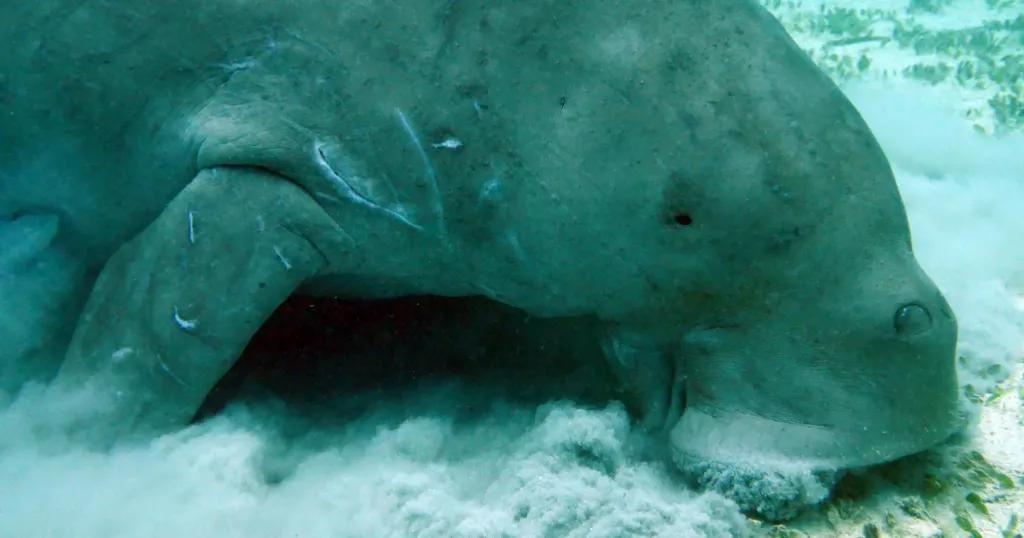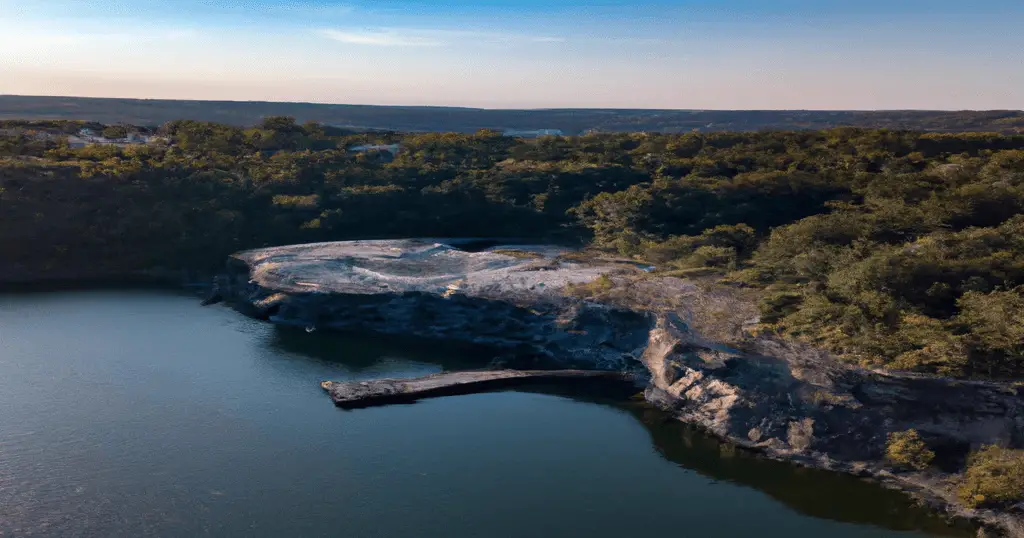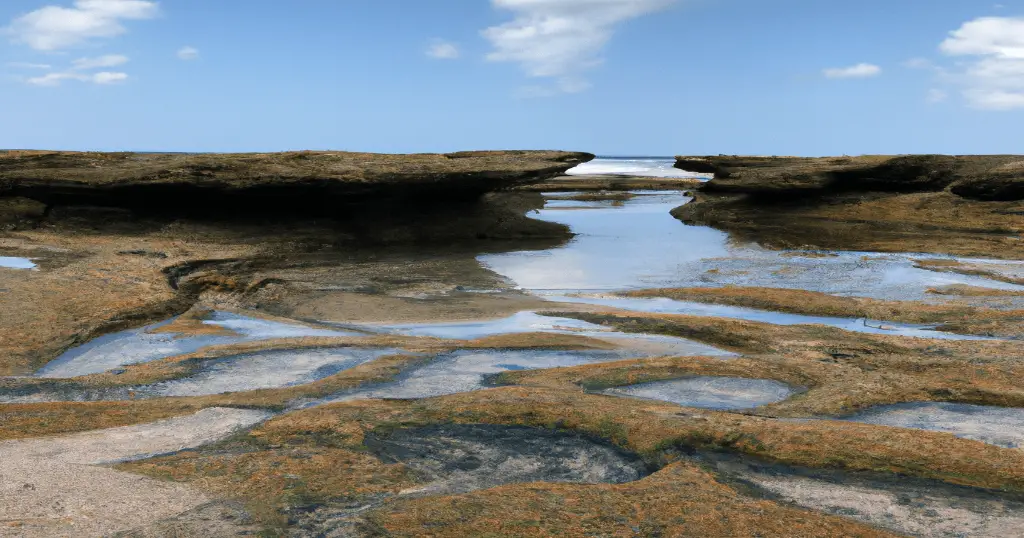Welcome to our guide on where to find manatees in Fort Myers. If you’re keen on spotting these incredible creatures, Manatee Park and Lovers Key State Park are your go-to locations. These two spots are renowned for frequent manatee sightings, making them the best locations in Fort Myers for those eager to observe these gentle marine mammals.
Best locations to see manatees in Fort Myers
We made a map to help you map to help you navigate manatee hotspots around Fort Myers. An additional location worth noting is Sanibel Island, which also presents opportunities for spotting manatees. While we wouldn’t recommend going to Sanibel Island specifically to see manatees, you might want to check out the tagged locations, if you’re already there.
1. Manatee Park
Famous for its name-sake residents, Manatee Park in Fort Myers is indeed a splendid destination for anyone yearning to see these majestic, gentle giants in their natural habitat. Situated off State Road 80, this non-captive warm water refuge offers high probabilities of manatee sightings, especially during the cooler months from late December through February.
The park’s warm discharge canal from a former power plant attracts manatees seeking solace from the chill of the Gulf. A stroll along the park’s extensive boardwalk system provides vantage points to observe the serene spectacle of manatees frolicking and basking. These sightings, of course, are dependent on weather, tides, and the manatees’ natural habits.
2. Lovers Key State Park
Nestled within four barrier islands, Lovers Key State Park, located at 8700 Estero Blvd, Fort Myers Beach, presents an alluring stage to spot manatees. Your best bet here is to venture on a kayak or stand-up paddleboard, tracing the winding water trails. However, sighting manatees is not a sure thing; patience and a keen eye are your allies.
3. Caloosahatchee River
Flowing right through Fort Myers, the Caloosahatchee River boasts of a remarkable aquatic biodiversity that includes manatees. With various parks and marinas dotting its banks, the river is a promising locale for manatee sightings, particularly around its brackish waters.
The 20-mile stretch of the river near Fort Myers, is quite notable for its dense display of over 130 federal, state, and county signs related to the protection manatees. The plethora of signs, sometimes presenting contradictory information and often hard to decipher, have led many boaters to describe navigating the river as an “exhausting exercise”. We think it’s fantastic that the city makes such great efforts to protect the manatees from speeding boats!
In 1982, the Caloosahatchee River was the tragic scene of a concerning ecological event where 39 manatees were found dead over a 10-week period. Manatees of all sizes and both sexes were affected, with some displaying disorientation, lethargy, labored breathing, or an inability to maintain balance in the water. The ingestion of red tide toxins through their diet was suggested as one of the possible causes of this unfortunate incident.
4. Jensen’s Marina
Nestled in Captiva Island, Jensen’s Marina is another prime spot for those eager to glimpse manatees. Manatees are often seen in the waters around the marina, particularly during the warmer months. A leisurely wait at the docks may reward you with a magical encounter.
5. J.N. “Ding” Darling National Wildlife Refuge
Although better known for its birds, J.N. “Ding” Darling National Wildlife Refuge in Sanibel is a haven for many other wildlife species, including manatees. A drive along the Wildlife Drive, or a kayaking adventure in its winding waterways, often leads to manatee sightings. However, their appearances here are more sporadic compared to other locations, so visiting the refuge for manatees requires a good dose of luck.
What is the best time to see manatees in Florida?
They can be seen year-round in the state, but ideally, you want to look for them between November and March.
Manatees are large, slow-moving, but migratory marine mammals. They are cold-sensitive and prefer waters that are about 68 to 72 degrees Fahrenheit. When the sea temperature drops in the Gulf of Mexico drops below this range, typically in the winter months, they migrate to warmer waters. As Florida has an extensive network of springs that stay around 72 degrees all year round, this makes the state a popular wintering spot for manatees.
The best time of day to spot them
The best time of day to see manatees is usually early in the morning, right after sunrise. This is the time when they are typically most active. During these hours, manatees are often grazing on seagrass beds, which makes them easier to spot.
Midday can also be a good time for viewing, particularly during the winter months, as manatees will often surface to warm themselves in the sun. However, the specific timing can vary based on the weather, the tide, and the location.
Mating season can be spectacular.
Manatee mating season typically runs from April through October, although it can sometimes extend outside these months. During this time, it is rare to see Manatees in Florida, but if you do spot them, it will likely be an entire “mating herd”.
A mating herd is a group of manatees consisting of a single female, or cow, and multiple males, or bulls, that follow her around trying to mate. Mating herds can have a dozen or more males vying for the attention of one female, and the group can sometimes become quite animated and splash around, making for a spectacular sight.
Tips for swimming with manatees
Many of the places where you can see manatees also allow you to swim with them. However, with great joy comes great responsibility. Here are some tips to make the most out of this unique experience:
- Book a Guided Tour: Consider attending a guided tour from a reputable operator who is familiar with the regulations and best practices for swimming with manatees.
- Keep Your Distance: Always remember to keep a respectful distance from the manatees. Try not to approach them, but rather let them approach you if they are curious. Maintain at least six feet of distance to give them enough space to move freely.
- No Touching or Feeding: The Florida Manatee Sanctuary Act of 1978 makes it illegal to disturb manatees in any way. Also don’t touch or feed them. If a manatee approaches you, resist the urge to reach out and touch it. Always keep your hands to yourself.
- Observe Silently: Manatees are peaceful and slow-moving creatures. Sudden movements and loud noises can stress them. Therefore, move slowly and calmly in the water and avoid splashing.
- Use Snorkeling Gear: Using snorkeling gear allows you to observe the manatees in their full glory. While under the water, they often strike fierce, charismatic poses that will make your day! While snorkeling, avoid diving or swimming under the manatees.
- Don’t go near resting manatees: Manatees sometimes float motionless near the surface or on the bottom when they are resting. If you see a manatee in this state, do not disturb it.
Other places in Florida to see manatees
Florida’s Fish and Wildlife Conservation Commission made this detailed map that outlines the best places to see manatees in the wild or in captivity.
The mecca for manatee spotting is undoubtedly Crystal River, due to its vicinity to the Gulf of Mexico, spring-fed waters and ecotourism initiatives.
We also have guides on where to see manatees in the following locations:



